In recent years, the complex interplay between substance abuse and post-traumatic stress disorder (PTSD) has garnered increased attention from researchers and healthcare professionals alike. These two conditions, each capable of profoundly affecting an individual's mental health and overall well-being, frequently intertwine, creating a multifaceted challenge that complicates both treatment and recovery processes. This article aims to delve into the intricate connections and underlying factors that foster this overlap, offering valuable insights into managing and overcoming the dual burdens of PTSD and substance abuse with effective and holistic strategies.
What Is PTSD?
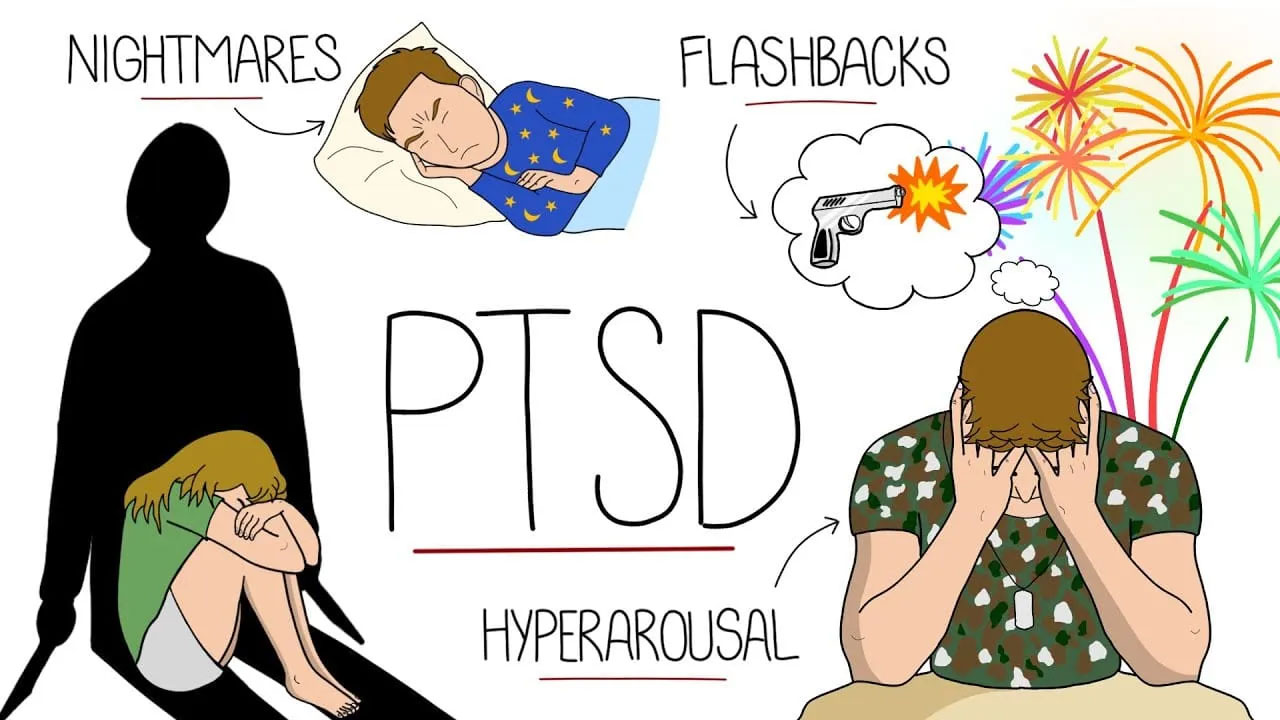
Post-Traumatic Stress Disorder (PTSD) is a complex condition that can profoundly impact an individual's life, extending far beyond the immediate aftermath of trauma. While the symptoms such as flashbacks, severe anxiety, nightmares, and intrusive thoughts are often debilitating, they also contribute to a perpetual state of hyper-vigilance and emotional distress. People living with PTSD may find themselves avoiding certain places, people, or activities that remind them of the traumatic event, which can significantly hinder their social interactions and overall quality of life. This avoidance can lead to a sense of isolation, further exacerbating the emotional toll of the disorder. Additionally, PTSD can strain personal and professional relationships, as loved ones and colleagues may struggle to understand or respond to the individual's needs. Treatment is crucial and often involves a combination of therapy, such as cognitive-behavioral therapy (CBT), medication, and support groups, all aimed at helping those affected regain control over their lives, improve emotional regulation, and rebuild connections with others. Understanding and addressing PTSD is vital not only for those who suffer from it but also for society as a whole, fostering a more empathetic and supportive environment for healing and recovery..
Substance Abuse: An Overview
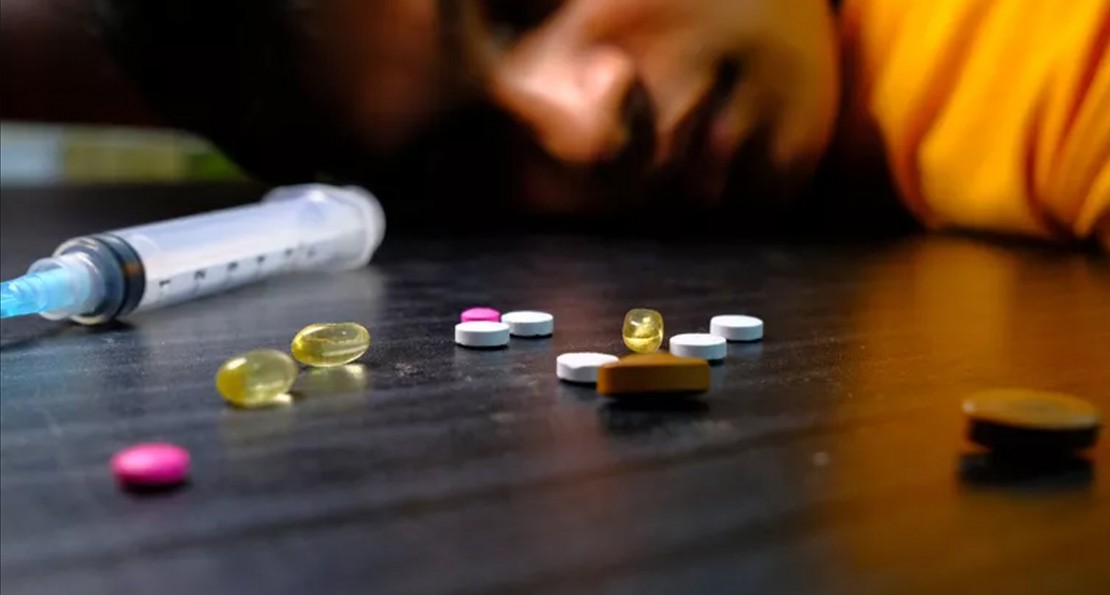
Substance abuse can have far-reaching effects beyond the individual, impacting families, communities, and society at large. The social ramifications often include strained relationships, reduced workplace productivity, and increased healthcare costs due to the treatment of associated health conditions. Additionally, substance abuse can exacerbate mental health issues such as depression and anxiety, creating a vicious cycle that can be difficult to break without proper intervention. Prevention and treatment programs play a crucial role in addressing substance abuse, focusing on education, community support, and medical intervention to help individuals regain control over their lives. By fostering an understanding of the underlying causes and promoting healthy coping mechanisms, society can work towards reducing the stigma associated with addiction and improving outcomes for those affected..
The Link Between PTSD And Substance Abuse
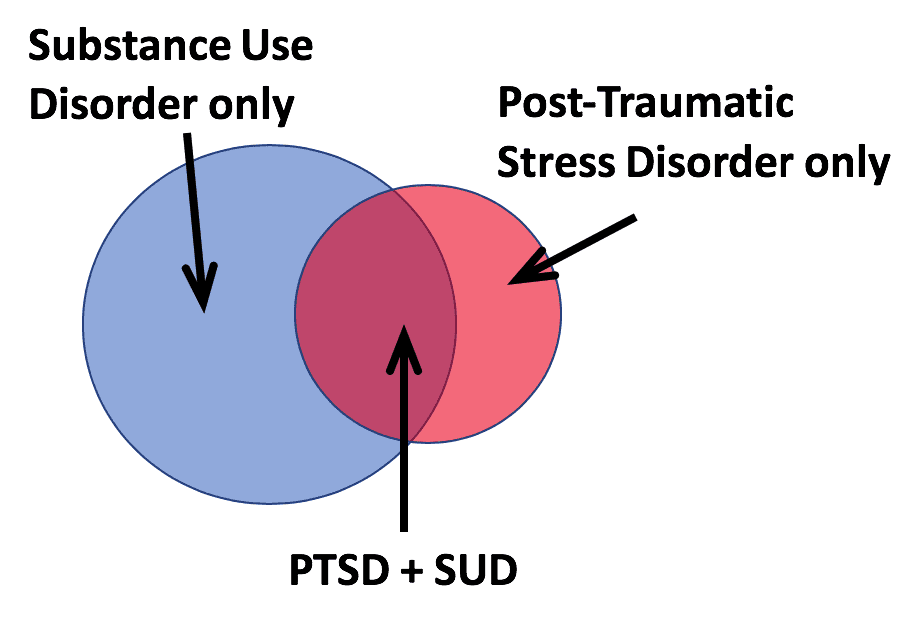
This intricate interplay creates a challenging cycle, where the temporary relief provided by substances often exacerbates underlying PTSD symptoms over time, leading to increased anxiety, depression, and isolation. As individuals attempt to numb intrusive memories or escape the emotional numbness associated with PTSD, their reliance on substances can deepen, creating dependencies that are difficult to break. This relationship complicates treatment, as addressing one issue without considering the other can result in ineffective therapy or relapse. Comprehensive, integrative approaches that simultaneously address both PTSD and substance use disorders are essential. These should incorporate trauma-informed care, therapeutic interventions like Cognitive Behavioral Therapy, and support systems that promote long-term recovery and healing..
Self-Medication Hypothesis
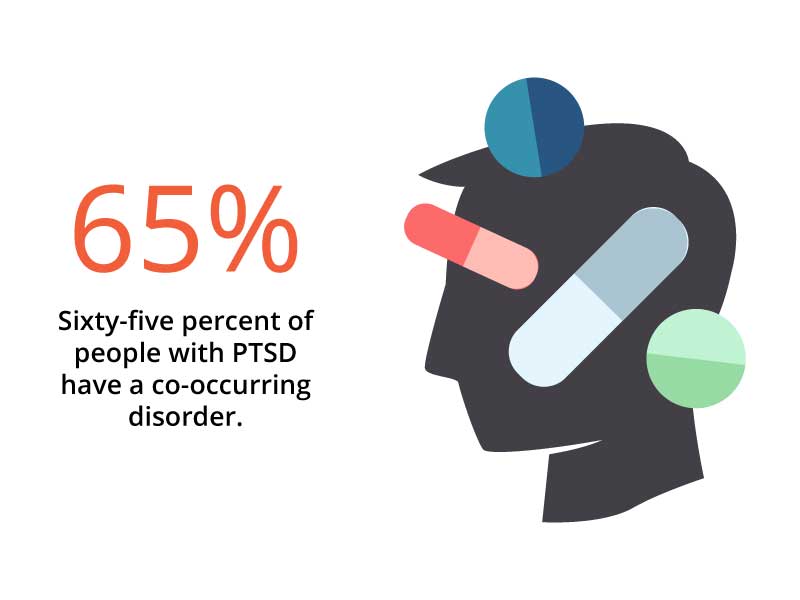
The self-medication hypothesis provides a compelling framework for understanding the complex interplay between substance abuse and PTSD. It posits that in an attempt to manage their distressing symptoms, such as intrusive memories, hyperarousal, and numbing, individuals with PTSD might turn to alcohol or drugs as a form of relief. While these substances can offer temporary respite, they often lead to a vicious cycle of dependency, ultimately worsening the symptoms they were intended to mask. This reliance can further complicate PTSD treatment, as the presence of substance abuse might hinder the progress of traditional therapeutic interventions. Addressing both PTSD and substance abuse concurrently, through integrated treatment approaches, becomes crucial in breaking this damaging cycle and facilitating recovery..
Dual Diagnosis Challenges
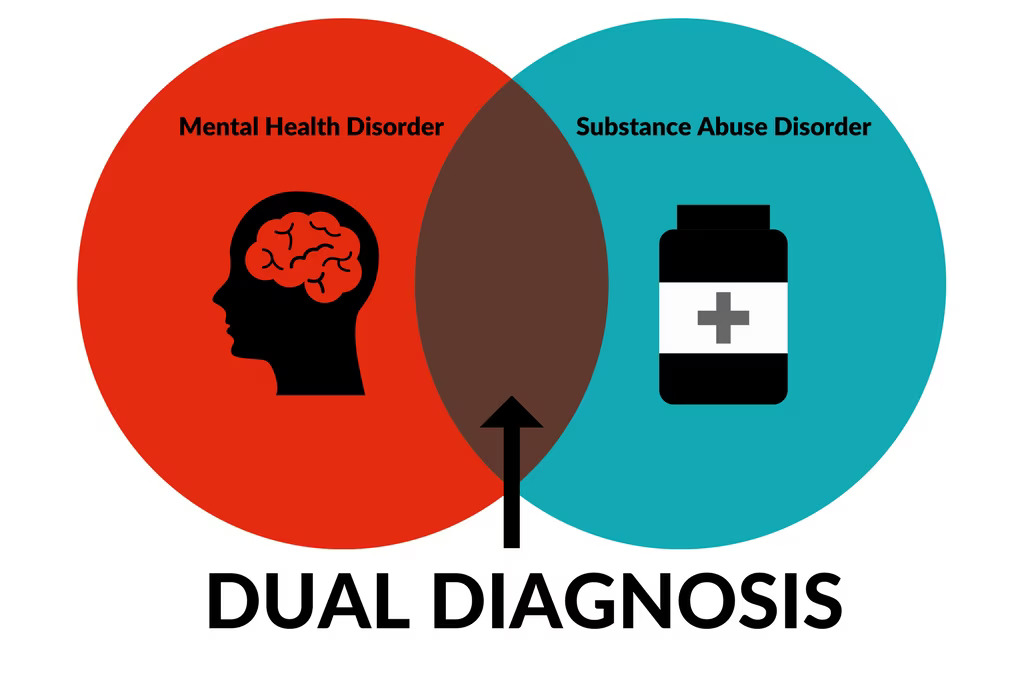
When a person is diagnosed with both PTSD and substance abuse, it is termed a dual diagnosis. This complicates treatment, as both conditions must be addressed simultaneously yet distinctly. Failure to treat one can often result in the exacerbation of the other, creating a vicious cycle that hinders recovery. Effective treatment requires an integrated approach, where mental health professionals collaborate to design a comprehensive plan that targets both issues. This may include a combination of cognitive-behavioral therapy, trauma-focused interventions, and support groups for substance abuse. Medications such as anti-anxiety or antidepressants might also be prescribed to alleviate PTSD symptoms, while careful monitoring and counseling can support substance use cessation. Encouragement of healthy lifestyle changes, alongside building coping strategies, often plays a critical role. It's essential for individuals with dual diagnoses to find a supportive environment, where they can openly discuss their struggles and learn adaptive skills without stigma. This holistic approach is crucial in breaking the cycle and fostering lasting recovery, emphasizing the need for personalized care that respects the unique experiences and needs of the individual..
Impact Of PTSD And Substance Abuse On Relationships
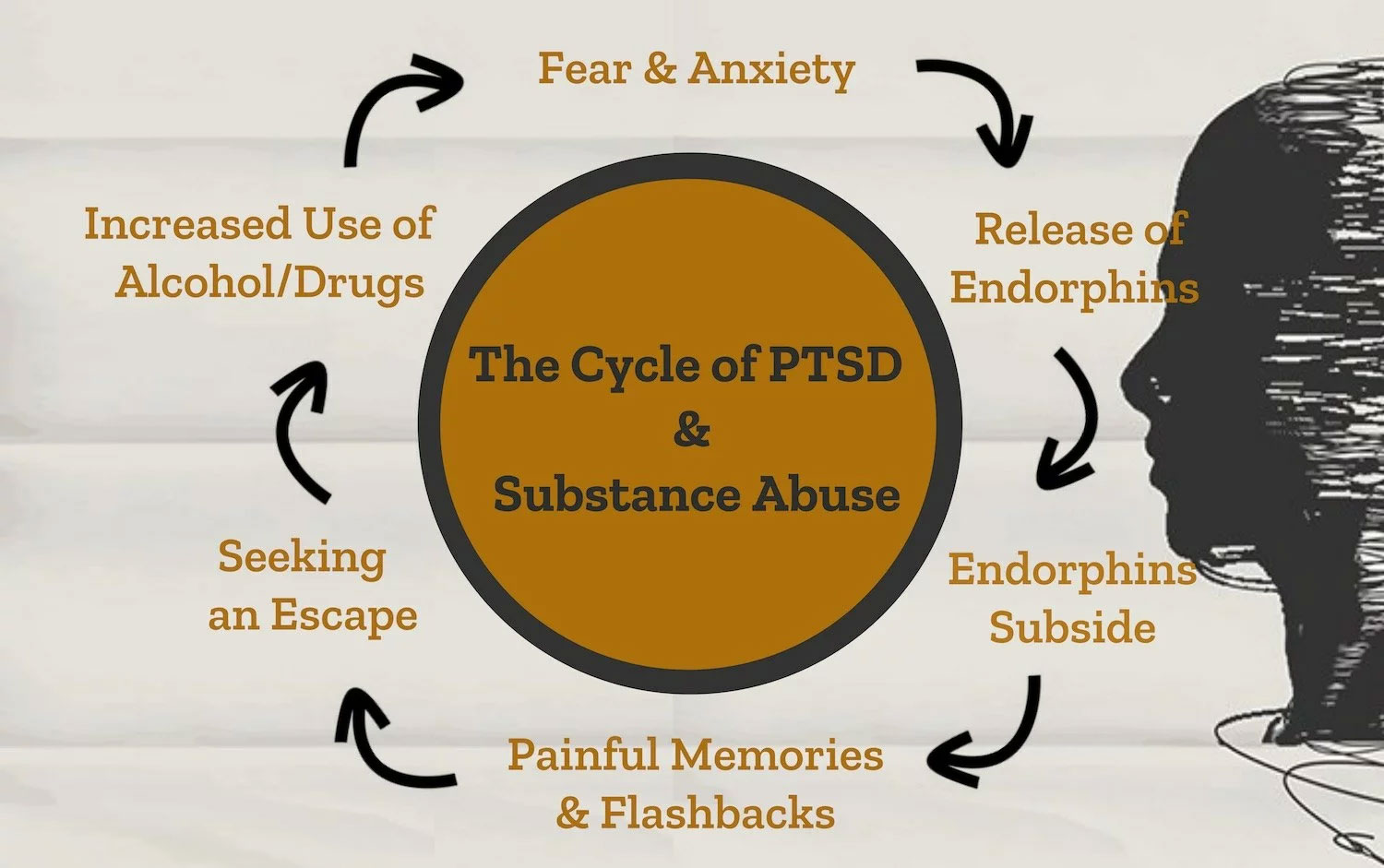
When these co-occurring disorders take hold, they cast a long shadow over the lives of individuals and their loved ones. The emotional turbulence experienced by those struggling can create a barrier between them and those who care most, as unpredictability in mood and behavior erodes the foundation of trust essential in any relationship. This strain is further compounded by the financial burdens that often accompany substance abuse, diverting resources that might otherwise support recovery efforts or family needs. As stress levels rise, communication can falter, leaving unresolved grievances to fester and grow into larger rifts. Consequently, the support network that is so crucial for healing and resilience may be compromised, resulting in a cycle of conflict, isolation, and miscommunication. Breaking this cycle requires understanding, compassion, and open dialogue—not just from the individual in recovery, but from their loved ones who are also navigating the tumultuous journey..
Treatment Approaches
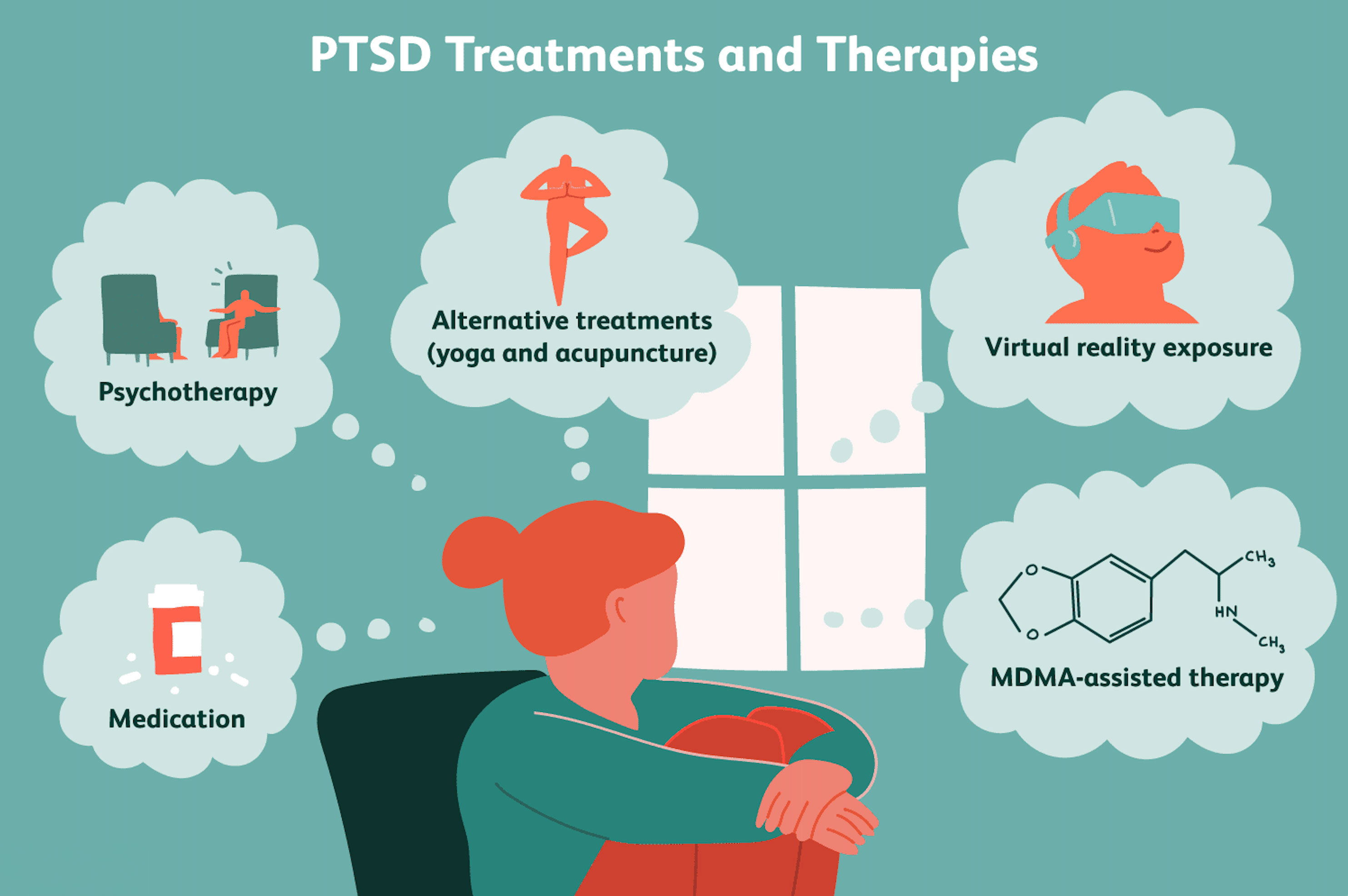
Integrated treatment programs recognize the interconnected nature of PTSD and substance abuse, offering a holistic approach that is more effective than addressing each issue separately. Cognitive-behavioral therapy (CBT) plays a crucial role in helping individuals understand the link between their thoughts, emotions, and behaviors, empowering them to develop healthier coping mechanisms. When medication is incorporated, it can alleviate symptoms of anxiety and depression, providing a more stable foundation for recovery. Trauma-focused therapies delve into the root causes of PTSD, assisting individuals in processing traumatic events and reducing their emotional impact. Meanwhile, participation in support groups offers a community of understanding peers, reducing feelings of isolation and fostering a collective path to recovery. By addressing both PTSD and substance dependency simultaneously, these programs pave the way for long-term healing and improved quality of life..
Preventive Strategies
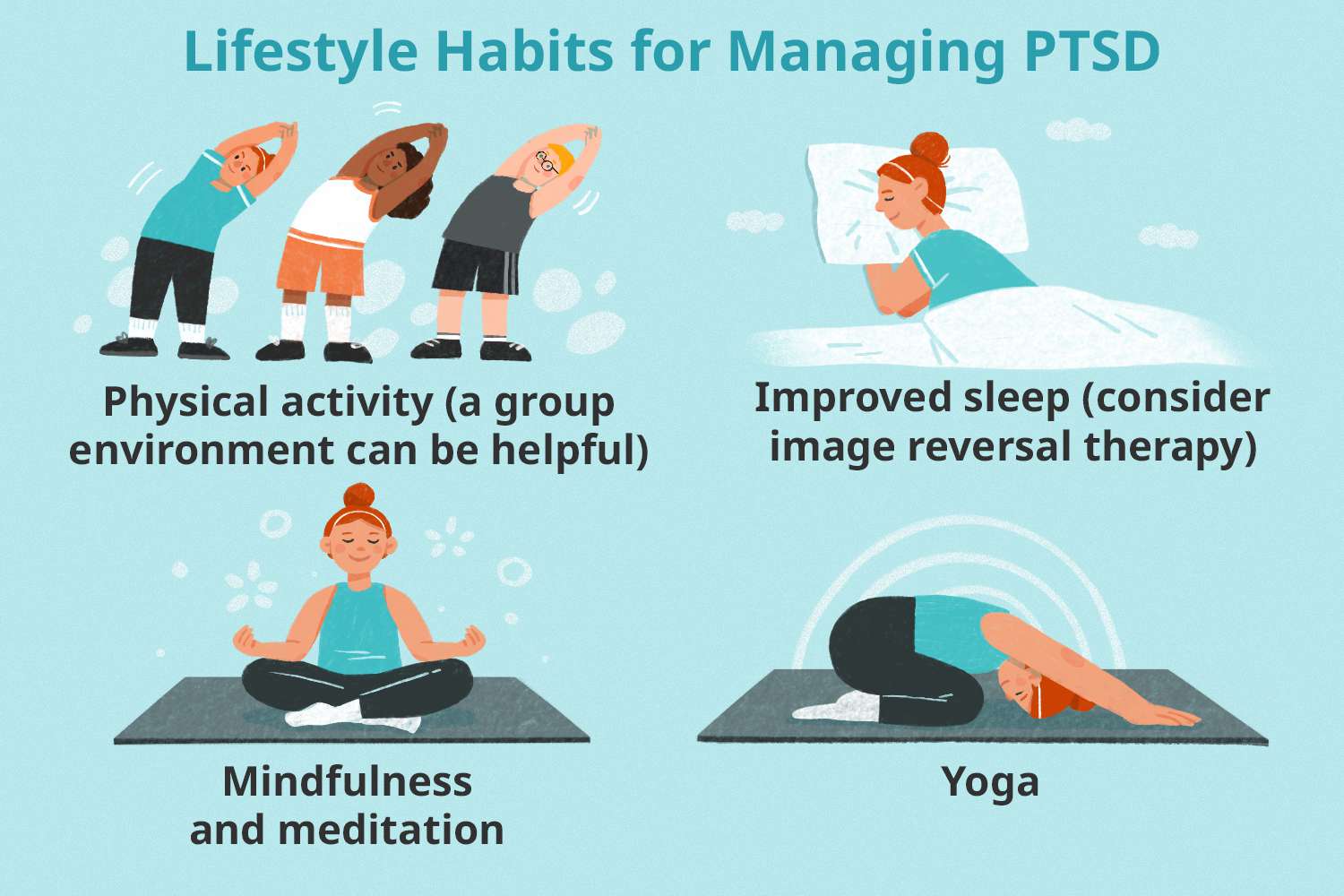
Additionally, incorporating family and community support systems plays a crucial role in preventing substance use disorders in individuals who have experienced trauma. Establishing open lines of communication and fostering environments where individuals feel safe to express their emotions can significantly alleviate the long-term impacts of trauma. Furthermore, integrating mindfulness practices and stress management techniques into rehabilitation programs can empower individuals to confront and manage their emotional responses effectively. By adopting a holistic approach that combines psychological, educational, and social strategies, we can create a supportive network that not only addresses the root causes of trauma-related substance use but also enables individuals to thrive in their recovery and lead healthier, more fulfilling lives..
Hope And Recovery

Recognizing the intricate link between substance abuse and PTSD opens doors to meaningful interventions that can transform lives. It becomes evident that addressing both conditions concurrently is crucial, as they often feed into one another, creating a cycle that's difficult to break. By leveraging a combination of evidence-based therapies, such as cognitive behavioral therapy and medication-assisted treatment, alongside holistic approaches like mindfulness and community support, individuals are empowered to navigate their recovery journey. This multifaceted strategy fosters resilience, helping individuals reclaim control, restore their sense of self-worth, and rebuild relationships that may have been strained by their struggles. As awareness and understanding continue to grow, society can create more robust support systems, breaking down the stigma surrounding these issues and encouraging more people to seek the help they need without fear of judgment..
In conclusion, the complex relationship between PTSD and substance abuse demands a holistic approach to treatment, one that acknowledges and addresses the unique challenges posed by their coexistence. By prioritizing dual-focused therapies, practitioners can help individuals achieve more sustainable recovery outcomes. Furthermore, expanding public awareness and understanding of these interconnected issues is crucial in dismantling stigma and building a supportive community network. This collective effort can lead to the development of more nuanced, compassionate interventions, empowering individuals to rebuild their lives while fostering broader societal empathy for those navigating the difficult journey toward healing.


